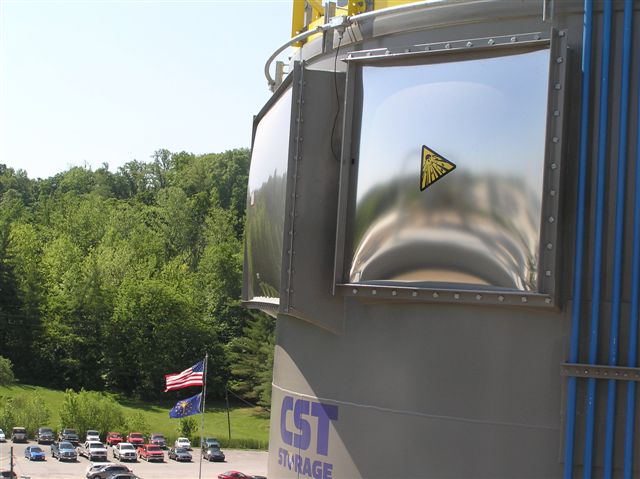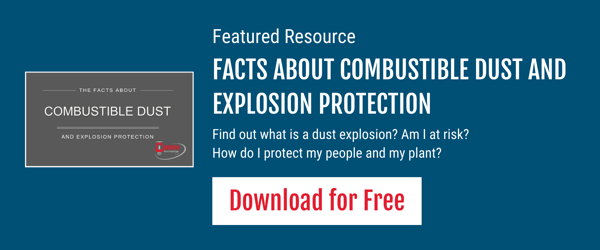If you’ve determined your dust is explosive, how do you protect your plant, people and equipment from combustible dust explosions? In this post, we'll break down dust explosion protection to help you understand the protection methods. There are two methods of protection to consider - Mitigation and Prevention.
Read More About Dust Explosions Here
Mitigation is like damage control. It involves putting engineered measures in place that minimize the potential for injuries and damage to the facility in the event an explosion should occur. Mitigation techniques include venting, inerting, containment and dilution.
Prevention, on the other hand, aims to eliminate the potential for explosions to occur all together. Prevention techniques include isolation, using both chemical and mechanical methods, and suppression.
Which Dust Explosion Protection Method Should I Use?
Choosing between Mitigation and Prevention depends on your specific dust, your facility, and the hazards in play. The first move to figuring out the right protection method for your hazard is setting up a Hazard Analysis. A thorough review of your facility and your process equipment, along with the results of your Combustible Dust Testing, will determine which protection method to utilize. Your facility, the specific explosion hazard, current NFPA code(s), plus your project budget and protection goals, all come into play. In general, the following factors will determine which type of protection to use:
1. Kst (explosibility of your dust)
2. The type of vessel/equipment (size and shape)
3. Pressure (normal operating, maximum)
4. PRed (the rate at which pressure can be reduced)
READ HERE TO FIND OUT IF YOUR DUST IS EXPLOSIVE
Don't second-guess – schedule a Hazard Analysis to pinpoint what you need for effective Combustible Dust Protection. Ready to get started? Hit the link to get started: GET IN TOUCH.
The information provided is for general informational purposes only. Every fire protection system is unique, with specific inspection, testing, and maintenance requirements determined by system type, manufacturer specifications, building use, and local regulations. Consult a qualified fire protection professional or your local Authority Having Jurisdiction (AHJ) to ensure compliance with applicable standards. Century Fire Protection assumes no liability for actions taken based on this content.


